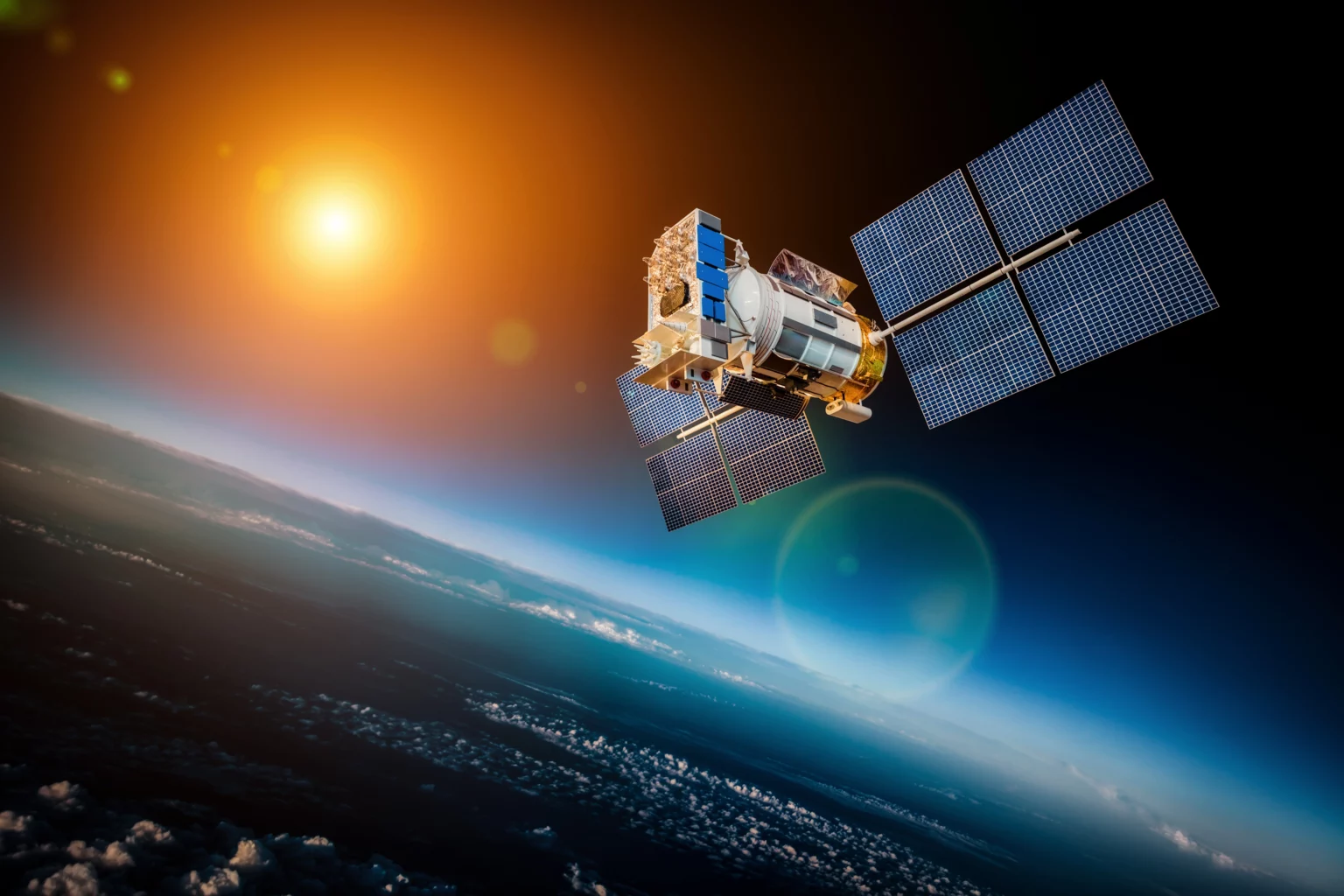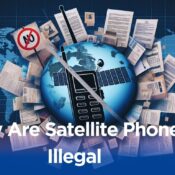
Satellite Communication Evolution: Unlocking Global Connectivity Journey
Introduction
Over the decades, satellite communication has experienced an incredible evolution, transforming from basic early beginnings into an essential method of communication in the modern world. This has reshaped the way we communicate, whilst also having a significant impact on various business sectors, including broadcasting, navigation, and scientific research. This article covers the first developments of satellite communication, explores its current capabilities, and speculates on future potential.
Early Steps in Satellite Communication

The concept of satellite communication was first explored in 1957, with the launch of the first artificial satellite, Sputnik 1, by the Soviet Union. This historic event not only marked the start of the Space Age but also encouraged scientists and engineers from around the world to explore satellite technology. As such, Sputnik laid the foundation for harnessing space for practical use.
Building on this development, the United States commissioned several projects to improve satellite communication. In 1962, Telstar 1 was launched by NASA, marking a significant milestone within the industry. The satellite allowed for the first live television between the United States and Europe. In 1964, upgrading from the now defunct Telstar 1, NASA launched Syncom 3. Positioned over the Atlantic Ocean, the world’s first geostationary satellite demonstrated the possibility of real-time, long-distance communication using the technology. This marked a crucial moment in the evolution of modern telecommunications.
Satellite Communication Evolution
The early days of satellite communication were not without their challenges. Technological limitations and the high cost of satellite launches posed significant obstacles to evolution. Yet, the acknowledged potential for a global communication network encouraged continuous innovation from scientists and engineers.
Over time, governments and other private entities have collaborated to refine satellite technology, leading to the development of the more advanced and reliable systems we use today. From the early days of analog signals, the industry swiftly transitioned to digital transmission. This change greatly improved signal quality, bandwidth, and reliability, enabling a wide range of applications, from broadcasting to internet connectivity.
Satellite Communication Solutions
Satellite communication solutions have become essential within various industries. Satellites play a vital role in providing telecommunication services to previously unconnected areas, disaster recovery efforts, and maritime and military operations. The unique adaptability of this technology has made it essential for maintaining today’s interconnected world.
One of the most important impacts of satellite communication is its ability to connect remote regions. In areas where traditional infrastructure is limited or non-existent, satellites act as a vital bridge to the wider world. As a result, these once isolated communities now have access to essential services, such as healthcare, education, and commerce, enhancing their socio-economic conditions.
Satellite technology is also a lifeline in times of crisis. During natural disasters, when networks may be compromised or disabled, satellites offer reliable communication. This enables coordinated relief efforts, allowing first responders to strategize and allocate resources effectively. Additionally, satellite imagery assists with damage assessment, enabling timely responses that ultimately save lives and minimize the aftermath of disasters.
Satellite Phone Usage Trends
Satellite phones have experienced a surge in popularity, particularly in regions with limited physical infrastructure. They serve as lifelines during emergencies and enable individuals in remote locations to communicate reliably. They also have extensive use in industries such as shipping, aviation, and exploration.
When natural disasters strike or remote areas face unexpected crises, communication networks often fail or falter. In these critical moments, satellite phones provide a reliable and uninterrupted method of communication, allowing individuals to seek assistance, coordinate relief, and ensure the mass safety of those affected. Over time, this capability has saved countless lives and mitigated the impact of disasters.
Beyond emergencies, satellite phones are essential tools for individuals in isolated locations. Whether it be scientists conducting research in the wilderness, explorers in uncharted territories, or individuals traveling or living in off-grid locations, satellite phones allow people to stay connected. This connectivity offers essential security and enables individuals to access critical information, ensuring they remain informed.
The Future of Satellite Communication
The early pioneers of satellite communication laid the foundations for a technology that would reshape the way we connect and communicate. Today, satellites underpin our connected world, enabling everything from television broadcasts to internet services, even in the most isolated regions.
As technology continues to advance, the future of satellite communication offers immense potential. In progress advancements such as the miniaturization of satellites, improved propulsion systems, and the emergence of low earth orbit constellations promise to further revolutionize the industry. These developments will eventually lead to higher data speeds, reduced latency, and increased accessibility for the public.
Conclusion
Satellite communication has evolved from a basic technology into a vital means of connectivity, revolutionizing the way we interact around the world. Satellite capabilities are now embedded as a staple of our connected world, bridging divides and providing essential services to industries and individuals. From far-reaching rural communities to bustling cities, the impact of satellite communication is clear to see.
The widespread use of satellite phones marks a significant milestone in the journey of this technology. These devices have transformed from niche tools to widespread lifelines, particularly in regions lacking in infrastructure. In both emergencies and everyday scenarios, satellite phones provide connectivity to those who need it most. Their rising popularity reflects the essential role they play in ensuring safety and security around the world.
In the future, satellite technology promises even greater advancements, from improved data speeds to the potential for unprecedented global coverage. With each advancement, we move closer to a world where the barriers of remote communication are eliminated, and where connectivity is a universal right. Through continued innovation, satellite communication is set to influence a more informed and interconnected global community.
Discover the limitless possibilities of satellite technology and experience the ultimate in connectivity. Whether you need reliable communication for remote travel or seeking to enhance your industry standards, Global Satellite is here to guide you. Reach out today via email at [email protected] or give us a call at +1 (954) 8543389 for more information.
Discover Our Websites: globalsatellite.gi / globalsatellite.ky / globalsatellite.fr




